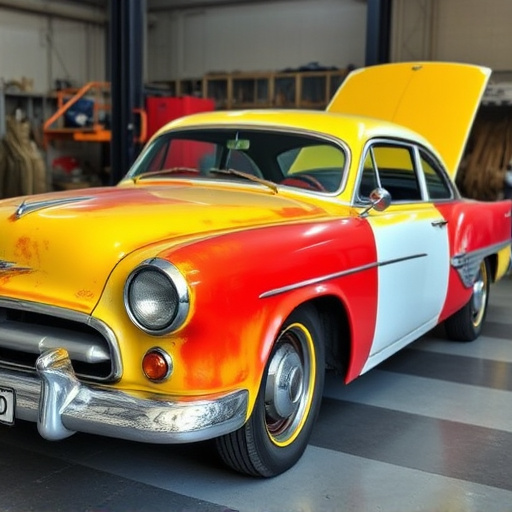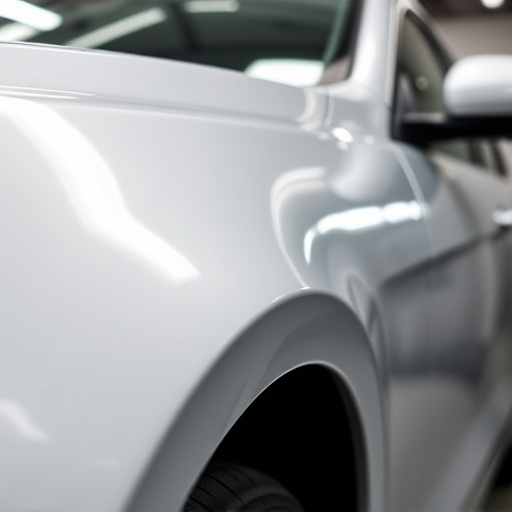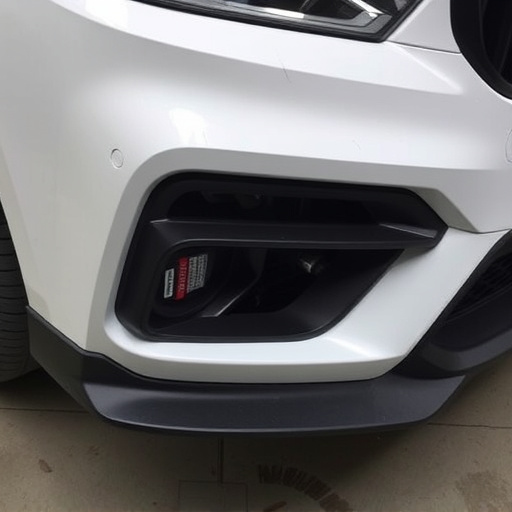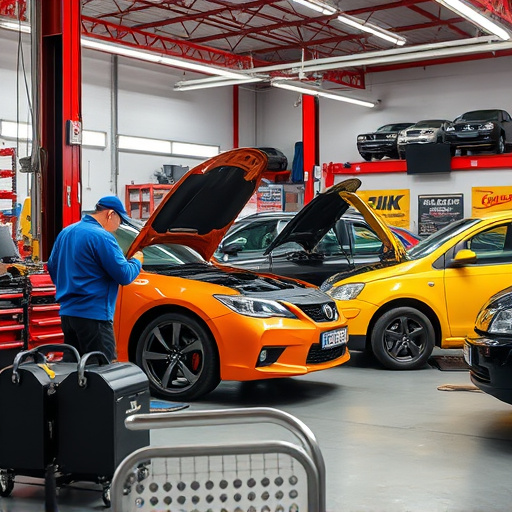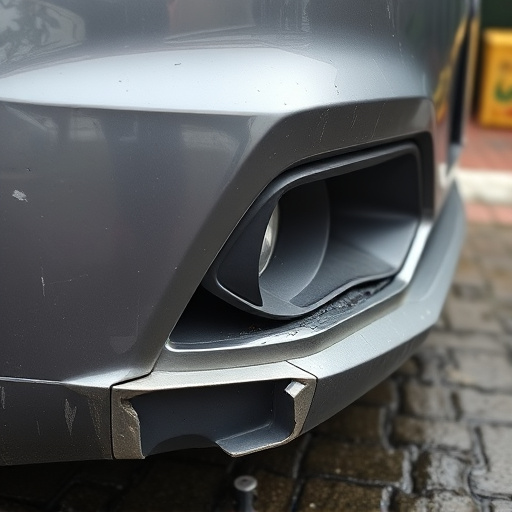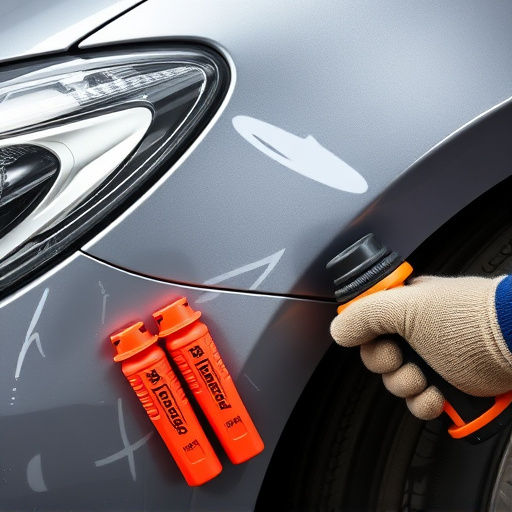The spectrophotometer is an indispensable tool for spectrophotometer color matching in industries like car restoration and collision repair. It accurately measures light interaction with surfaces, determining color values by analyzing absorption and reflection of specific wavelengths. This technology is crucial for selecting the right paints and pigments, ensuring optimal color matching for vintage vehicles and other restoration projects. Achieving precise results relies on proper calibration, high-quality standards, and a clean testing environment, significantly impacting customer satisfaction with car paint repair and collision repair services.
“Unveiling the precision of spectrophotometer color matching, this comprehensive guide delves into the core elements that ensure accurate measurements. From understanding the instrument’s role in quantifying color to exploring critical components and practical tips, we demystify the process. Learn how calibration and standards form the foundation for reliable results, enabling you to harness the full potential of your spectrophotometer. Master the art of color matching and elevate your applications today.”
- Understanding the Spectrophotometer: The Instrument for Color Measurement
- Key Components and Their Roles in Spectrophotometer Color Matching
- Ensuring Accurate Results: Calibration, Standards, and Practical Tips
Understanding the Spectrophotometer: The Instrument for Color Measurement

The spectrophotometer is an indispensable tool for achieving precise spectrophotometer color matching in various industries, notably car restoration and vehicle collision repair. This advanced instrument measures the interaction of light with a material’s surface, allowing for exact determinations of color values. By analyzing the absorption and reflection of specific wavelengths of light, spectrophotometers provide data that helps professionals match colors accurately during car repair services or when restoring vintage vehicles to their original glory.
Understanding how these instruments work is crucial for achieving optimal spectrophotometer color matching. Light passes through a sample within the spectrophotometer, and the instrument detects how much light is absorbed at different wavelengths. This data is then used to calculate the color’s properties, enabling repair technicians in the car collision repair industry—or any sector relying on precise color matching—to make informed decisions when selecting paints, pigments, and other materials for restoration projects.
Key Components and Their Roles in Spectrophotometer Color Matching
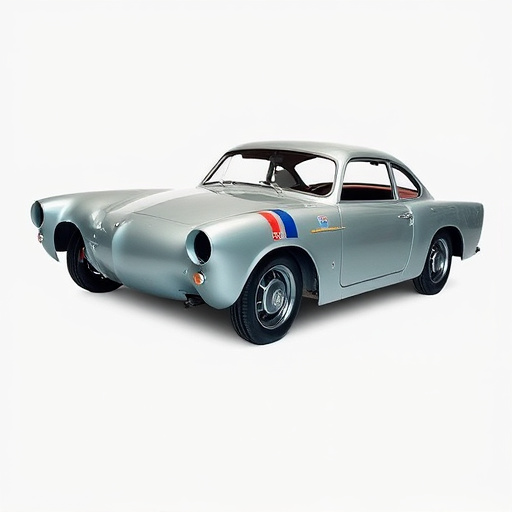
The spectrophotometer color matching process relies on several key components that work harmoniously to ensure precise and accurate results. One of the fundamental elements is the spectrophotometer itself, a sophisticated instrument designed to measure light absorption at specific wavelengths. This device enables technicians to objectively analyze and compare colors, playing a pivotal role in car paint repair and collision repair services.
Other crucial components include high-quality reference standards and sample preparations. Reference standards act as benchmarks, providing known color values against which unknown samples are measured. Properly prepared samples, ensuring uniform thickness and surface condition, are essential for reliable data acquisition. Additionally, the use of calibrated lighting conditions is vital to minimize ambient light interference, guaranteeing that measurements remain consistent and accurate, critical factors in achieving successful collision repair.
Ensuring Accurate Results: Calibration, Standards, and Practical Tips
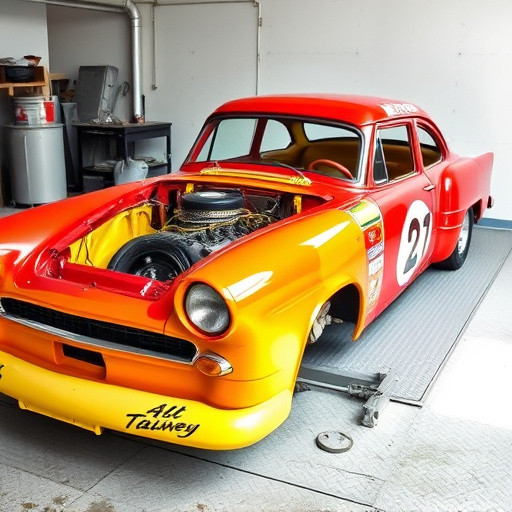
Achieving precise results in spectrophotometer color matching is paramount for professionals in the automotive industry, particularly in auto body shops and painting services. Calibration is a critical first step; regular calibration ensures your device accurately reads colors across different wavelengths. This process involves comparing measurements with standardized reference materials to maintain consistency.
Using high-quality standards, such as those provided by reputable manufacturers, is essential for reliable outcomes. Additionally, practical tips like cleaning the spectrophotometer regularly and ensuring a controlled testing environment can minimize errors. These simple precautions significantly impact the accuracy of color matching in car body repair and auto painting processes, ultimately enhancing customer satisfaction with the final finish.
A spectrophotometer is a powerful tool for achieving precise spectrophotometer color matching. By understanding the key components, their roles, and implementing proper calibration practices, you can ensure accurate and reliable color measurements. Familiarizing yourself with these elements will empower you to navigate the complexities of color analysis, enabling you to achieve optimal spectrophotometer color matching results in your applications.





